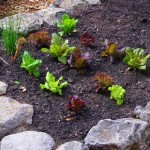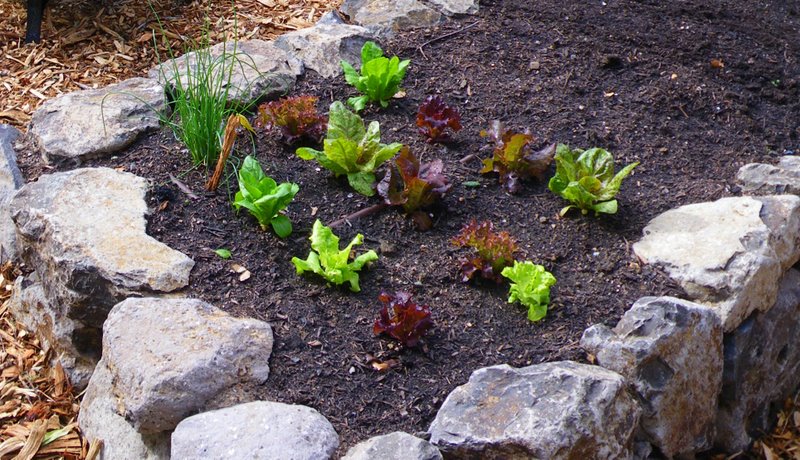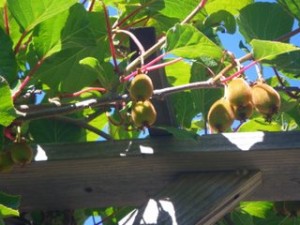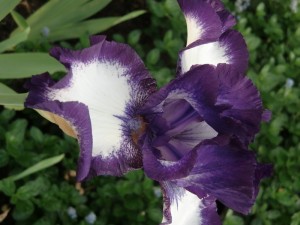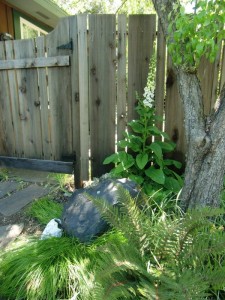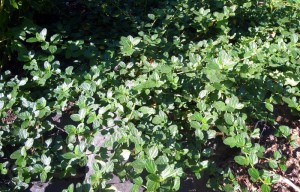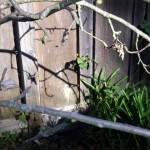
by Robert Kourik – Guest blogger extraordinaire. Robert is an expert on all things in the edible landscape. Here is an important tip on fruit tree pruning.
Fruit trees don’t need to be pruned to make fruit. But pruning will:
1. Help keep the fruit within reach.
2. Provide stronger limbs and branches that can carry the load of an abundant crop.
3. Allow more light into the middle of the tree to support fruiting lower in the canopy (foliage).
4. Cause branching for more places to produce fruit.
5. Shape the tree into a more natural fruiting form.
Tree “shaping” is as important as pruning. As a general guideline, the best position for a shoot to naturally favor some lateral shoot growth and some flower buds is between 60o and 45o from horizontal. Flowering and branching are encouraged and a reasonable amount of tip growth remains so the plant doesn’t grow too narrow or spindly.
Pruning or shaping new growth to this ideal zone of position will promote:
- More laterals without extra pruning.
- Form a wider angle of attachment of the younger lateral to the trunk or primary scaffold, which is also good for fruit trees because it lets more light into the interior of the canopy for better fruit color and flavor. (Use speader sticks like in the photo to widen the angle. This can be done in the late winter or early spring.)
- More flower buds for greater ornamental beauty and, with food crops, more to harvest.
Be sure to use sharp and sturdy pruners to make your cuts. It will make the work easier and allow the cuts to heal faster.
You can read more about fruit trees and everything else you might want to plant in the edible landscape in Robert Kourik’s book. Designing and Maintaining your Edible Landscape Naturally, at his website: www.robertkourik.com

 Follow
Follow


